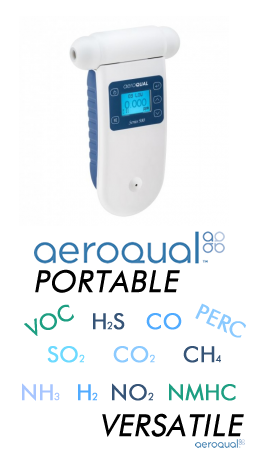Nitrogen Dioxide (NO2)

Nitrogen Dioxide:
|
Other Names |
|
|
Chemical Formula |
NO2 |
|
CAS Number |
10102 – 44 – 0 |
|
Industry Uses |
Chemical Laboratories; Explosives; Rocket Fuel |
|
Health Risks |
Nausea; Irritation; Labored Breathing; |
|
Vapor Pressure |
720 mmHg |
|
Water Solubility |
Reacts with Water |
|
Flammability |
Non-Flammable |
|
Odor |
Sharp, Sweetish, Acrid |
What is Nitrogen Dioxide:
Nitrogen Dioxide is a highly poisonous gas. It is emitted from high temperature combustion. It can be seen as the brown haze of downwind cities. Nitrogen Dioxide is one of several nitrogen oxides. This reddish-brown toxic gas has a characteristic sharp, biting odor. It is one of the most prominent air pollutants. It is present in vehicle exhaust and fumes from burning fuel oil, kerosene, propane, natural gas, and wood. It is a major cause of smog. When nitrogen dioxide is exposed to water, it can form nitric acid, which is a chemical that contributes to acid rain. Nitrogen dioxide is used in manufacturing chemical explosives, a sterilization agent, and a flour bleaching agent. It is also an oxidizer and is used in rocket fuel. It will explode upon being heated under pressure.
Nitrogen Dioxide Exposure and Health Risks:
Nitrogen Dioxide is present in polluted air, making it easy to inhale. Breathing low levels of nitrogen dioxide can cause a slight cough, mild fatigue, and nausea. Eye, nose, and throat irritation are also common symptoms. At high concentrations, it can cause coughing, choking, headaches, abdominal pain, and shortness of breath. Symptoms can continue after exposure has ended, especially if the concentration was high. Tobacco smoking and un-vented cooking on gas appliances can increase nitrogen dioxide levels inside. Nitrogen Dioxide is toxic by inhalation and skin absorption. Direct contact will cause burns. If inhaled, it can cause damage to organs as well as unborn fetuses. Nitrogen Dioxide can react with blood to form methemoglobin, which cannot bind to oxygen, resulting in a lack of oxygen to tissues and organs.
Regulations:
The table below summarizes the most-recent exposure limits.
|
Limit/Level |
Type |
Organization |
|
0.50 ppm |
AEGL-1 (8 hrs) |
EPA |
|
6.7 ppm |
AEGL-2 (8 hrs) |
EPA |
|
11 ppm |
AEGL-3 (8 hrs) |
EPA |
|
5 ppm |
C |
OSHA |
|
1 ppm |
Short Term |
NIOSH |
Measuring Nitrogen Dioxide:
Nitrogen Dioxide concentration in the air can be measured in units of parts per million (ppm). Many of our products have digital communication capabilities for easy monitoring and control. Nitrogen Dioxide monitoring is important in understanding environmental assessments, planning transportation, and making decisions regarding air pollution management. We carry portable and fixed Nitrogen Dioxide monitors and kits. All of our Nitrogen Dioxide products can be viewed HERE.
What type of component are you looking for?
| Fixed Mount | Handheld | Dissolved Kits: | Replacement Sensors: | Calibration Gas: | Rentals: |
 |
 |
 |
 |
 |
 |
All sensors require a yearly calibration to ensure your gas measurements are accurate and performing within manufacturer standards. This page is desiccated to the individual manufacturers we represent and their specific calibration procedures.
**Calibration Service Request Form **
|
Calibration costs do vary, see below to get an estimate: Calibration Fee: $150 Analyzer Calibration Fee: $300 PM Calibration Sensor Fee: $330 Genie Calibration Fee: $265 ATI Calibration Fee: $205 ** note that prices are subject to change per labor and parts required. |
Contact us for help choosing the right monitor for your application

















